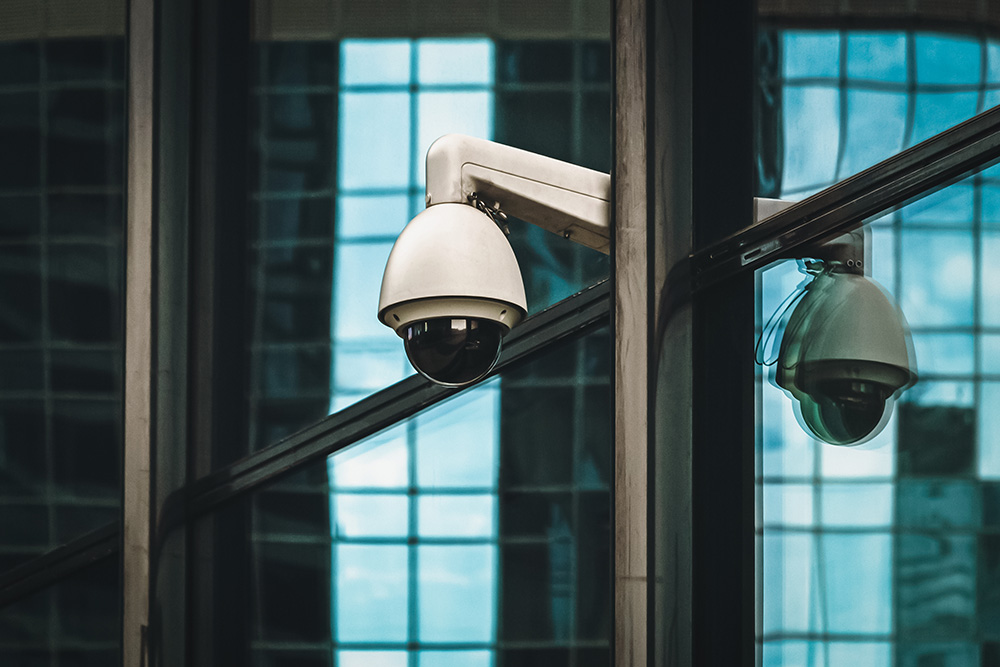Edge AI
From Capturing Moments to Sensing Environments

How edge AI is making cameras smarter
In the age of rapid technological advancement, cameras have transcended their traditional role as mere image-capturing devices. With the integration of edge computing and artificial intelligence (AI), cameras are now being utilized as powerful sensors, revolutionizing various industries and applications. This transformation marks a pivotal shift from passive observation to active data collection and analysis, unlocking a plethora of possibilities for innovation and efficiency.
With advancements in sensor technology, cameras have evolved from capturing surveillance footage into multifunctional tools capable of perceiving and understanding the world around them. Video surveillance has frequently faced criticism for being a reactive tool, primarily utilized for post-incident analysis rather than proactive threat detection in real-time, not to mention cloud-based bandwidth constraints with multiple on-prem cameras.
Leveraging Edge Computing and Artificial Intelligence
One of the key driving forces behind this evolution is the integration of edge computing. Unlike traditional computing models where data is processed in remote servers or data centers, edge computing brings computational power closer to the data source, enabling real-time processing and analysis. This proximity to the point of data generation is particularly advantageous for applications requiring low latency and high bandwidth, such as surveillance, industrial automation, and autonomous vehicles.
In tandem with edge computing, artificial intelligence plays a crucial role in unleashing the full potential of cameras as sensors. AI algorithms, particularly those based on deep learning, have demonstrated remarkable capabilities in image recognition, object detection, and pattern analysis. By harnessing the power of AI, cameras can not only capture visual data but also extract valuable insights and actionable intelligence from the imagery.
Edge AI use cases
In healthcare facilities, for example, cameras equipped with computer vision algorithms can monitor patient vital signs, detect falls, and ensure compliance with hygiene protocols.
Retailers can leverage camera sensors to analyze customer behavior, track foot traffic, and optimize store layouts for enhanced customer experience. One such example is the Edge Signal customer lifecell who optimizes their shop operations with our AI-powered edge computing platform.
In manufacturing and warehousing, as our DHL customer example shows, cameras serve as eyes on the production and warehouse floor, detecting defects, monitoring equipment health, and ensuring adherence to quality standards. This real-time monitoring capability minimizes downtime and improves overall operational efficiency.
The convergence of cameras, edge computing, and artificial intelligence represents a paradigm shift in how we perceive and interact with our surroundings. By transforming cameras into intelligent sensors, we are not only gaining deeper insights into our environment but also paving the way for a more connected, efficient, and sustainable future.
At Edge Signal, we enable organizations to effortlessly manage the complexities of evolving edge infrastructures. Our full-fledged edge computing platform accelerates application development by providing complete edge infrastructure management and edge AI development capabilities.
Edge Signal is device- and hyperscaler-agnostic, with built-in security. It has a comprehensive low/no code development and vision AI toolset, which enables organizations to generate insights from any sensor or camera stream in real time.
Get started for free today!
















